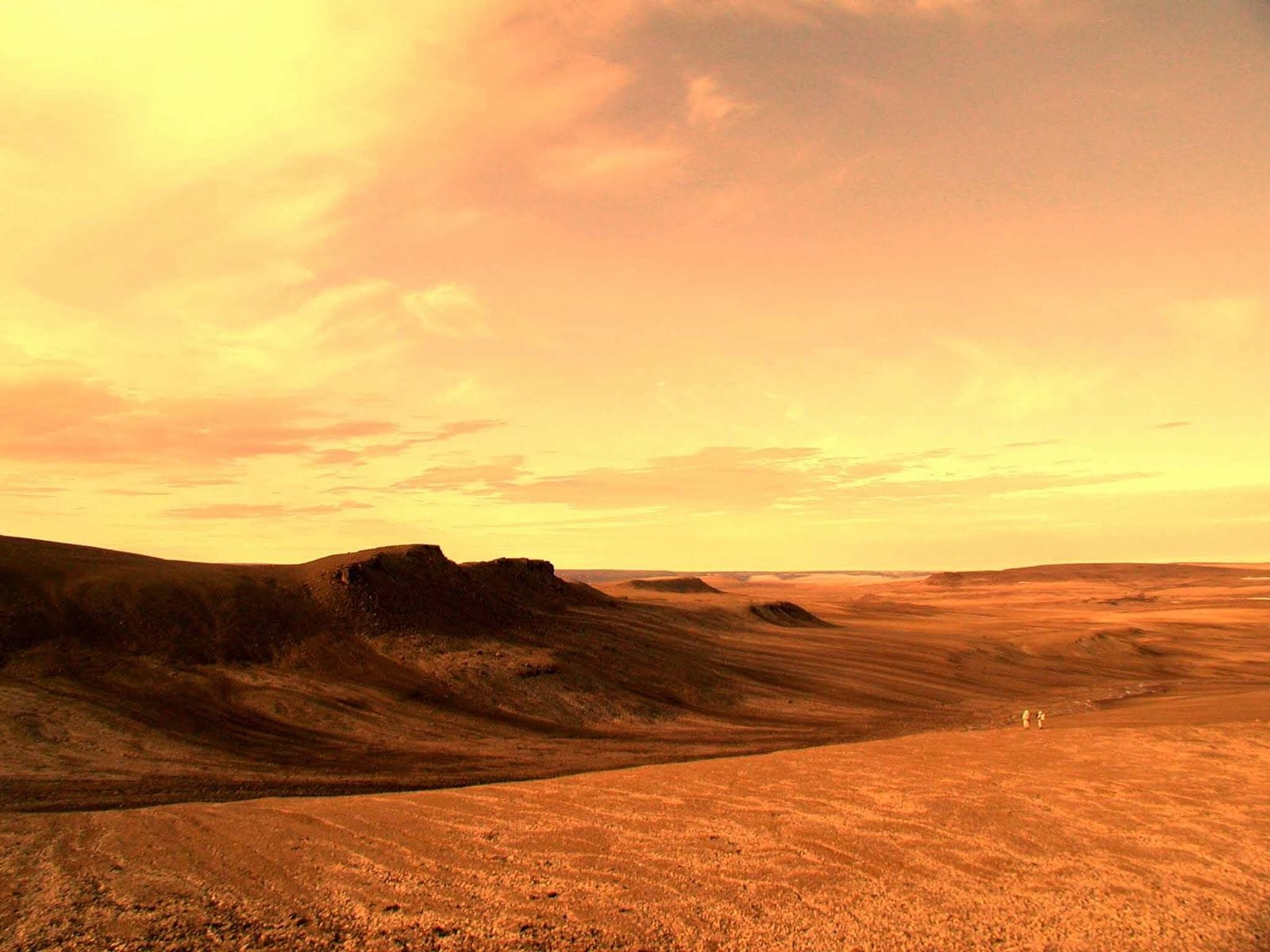Understanding the mechanisms behind global dust storms on Mars has long been a challenge for planetary scientists. These massive weather events can completely enshroud the Red Planet, obscuring the surface and drastically altering the atmosphere for months. Recent investigations into the nature of Martian dust storm development suggest a potential breakthrough in our understanding of these powerful planetary phenomena. A primary point of interest lies in the unique characteristics of the Martian atmosphere and its interaction with solar radiation. Mars has a very thin atmosphere, roughly one hundredth the density of Earth’s atmosphere, but it is still capable of supporting significant weather systems. The atmosphere is also rich in dust particles, composed primarily of iron oxide, which plays a significant role in the planet’s energy balance.
The proposed mechanism for the growth of planet-encircling storms begins with localized dust lifting. Certain regions of the Martian surface, particularly areas with high albedo or differing thermal properties, experience increased solar heating. This heating creates strong temperature gradients and strong winds near the surface, which are then capable of lifting dust particles into the atmosphere. Once airborne, these dust particles become highly efficient absorbers of solar radiation. This absorption heats the surrounding atmosphere and causes it to expand. This expansion intensifies the thermal gradients and further strengthens the winds, which can then lift even more dust. This is the essence of the dust radiative feedback mechanism. It is a self-sustaining cycle, where dust in the atmosphere reinforces the very conditions that led to its presence. This positive feedback loop can amplify a localized dust storm, turning it into a more widespread regional event.
The expansion of regional dust storms often triggers further lifting in other parts of the planet. These additional storms coalesce and create a global phenomenon. The result is a planet-encircling dust storm that significantly increases the atmospheric temperature and can even affect global air circulation patterns. These dust storms are not static entities; they change in intensity and location over time. They are also not annual occurrences. Some Martian years experience no global dust storms, while others may be hit by multiple such events. Several factors, including the presence of regional dust storms, as well as seasonal variations, can have an impact on whether a planet-encircling storm forms.
The new insights are partly based on observations from various missions to Mars, including data from orbiters and landers. Spacecraft equipped with atmospheric sounders, and cameras, have captured the development of dust storms. Scientists have been able to study the evolution of storms from their initial, localized beginnings to their full-scale expansion. The data reveal that, while localized dust lifting might happen frequently, it is not sufficient to generate the global storms on its own. It is the feedback loop involving dust radiative heating that seems to be the missing key. Furthermore, climate models have been adjusted to reflect this new understanding of radiative feedback. These models are now able to simulate the evolution of these storms with better accuracy and also allow for predictions of future events. Understanding the detailed mechanisms of Martian dust storms is crucial for several reasons. Firstly, dust storms can dramatically affect the performance of robotic missions to Mars, impacting solar-powered landers and reducing visibility for rovers. Knowledge of storm formation is necessary for mission planning. Secondly, Martian dust storms are an indicator of climate on the planet. Understanding the way dust interacts with the atmosphere allows scientists to reconstruct past Martian climates and also predict changes in the planet’s environment. Finally, the research helps us to understand the complexities of planetary atmospheres. The physical principles which apply on Mars, such as radiative feedback and atmospheric circulation, can also teach scientists about Earth’s own climate. The newly proposed mechanism does not necessarily rule out other potential mechanisms, such as large-scale atmospheric wave activity. Scientists now believe that these other mechanisms likely play a secondary role in initiating the storms. Further analysis of data collected by ongoing and future Mars missions will be important in confirming the present theories and further refining models. This new information is a step forward in understanding the Martian environment and its complex atmosphere.



